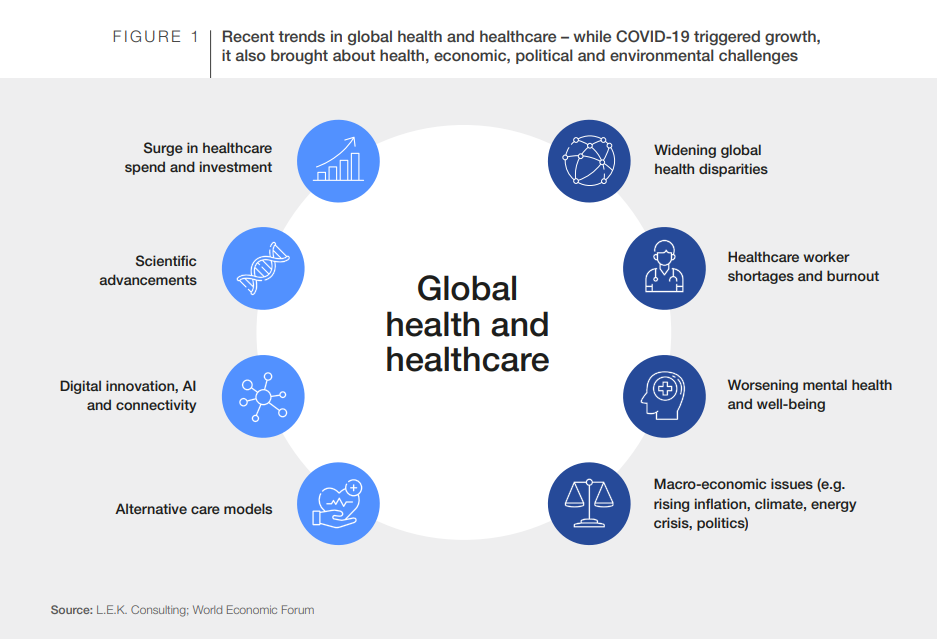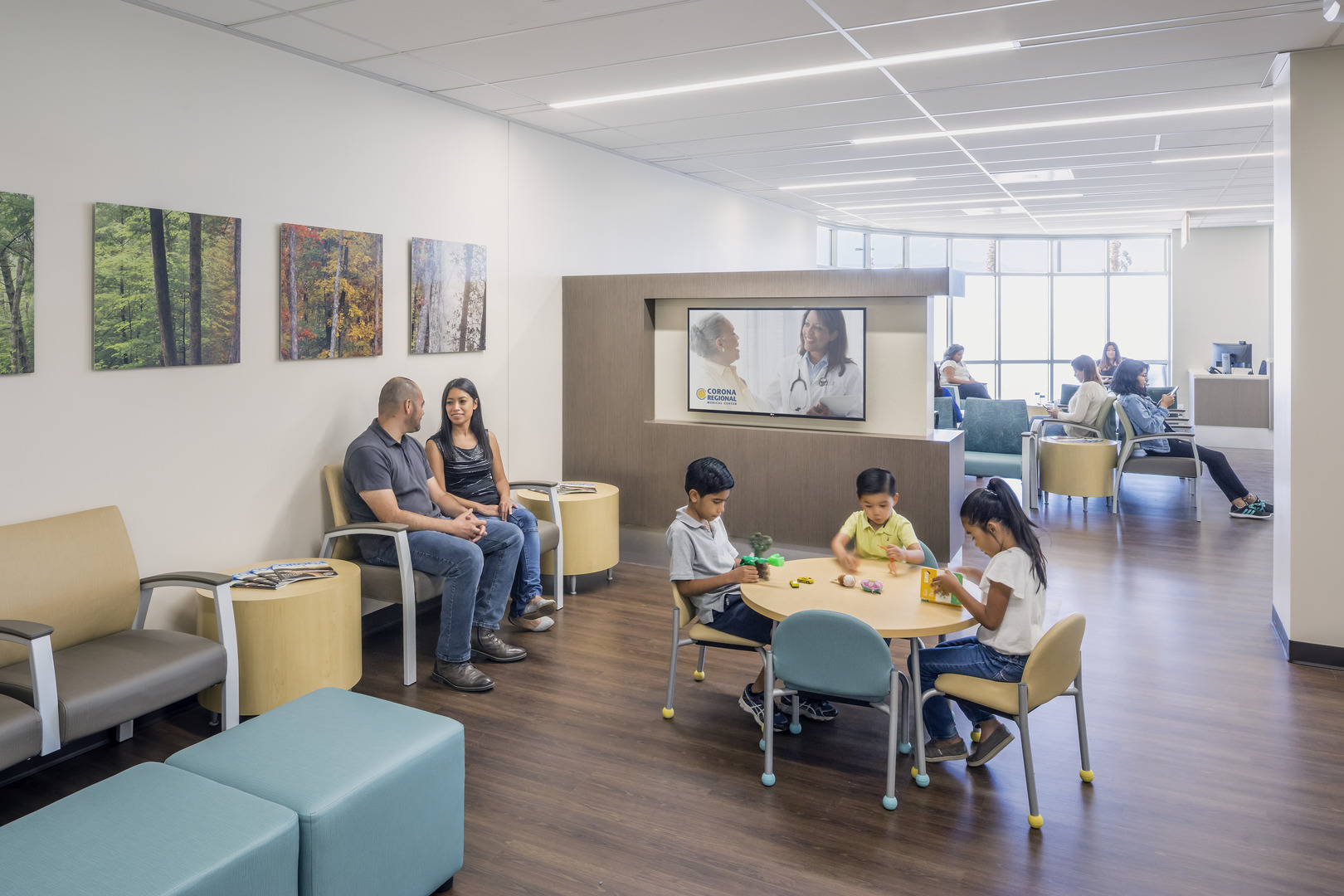In the broad fabric of healthcare, inclusion is the thread that weaves a future in which every individual counts. Empathy and creativity are fueling healthcare design solutions that are altering physical places.
Medical technology is advancing to increase accessibility by providing specialized solutions for a wide range of requirements. Industry trends demonstrate a commitment to culturally appropriate care, and digital health solutions act as a link between patients and the treatment they need.
Page Contents
Modern Healthcare Design Solutions
Consider a healthcare institution where every hallway, entryway, and waiting room is thoughtfully constructed to accommodate people of all abilities. Inclusive healthcare design extends beyond ramps to include simple layouts, clear signs, and environments that accommodate a variety of demands. The objective is to create locations where everyone feels welcome and cared for, from flexible examination tables to sensory-friendly environments.
The transition toward accessible healthcare design solutions is more than just a statutory need; it is a commitment to human-centered design. Making facilities accessible to those with mobility issues, visual or auditory impairments, or neurodivergent disorders is a step toward creating a healthcare environment that serves everyone.
Accessibility in Diagnostics and Treatment
The pulse of technology is inextricably linked to the heartbeat of modern healthcare. Medical innovations are about more than simply new therapies; they are also about democratizing access to care. This transformation is being led by wearable gadgets, smart prostheses, and telehealth apps.
Consider a diabetic patient effortlessly checking blood glucose levels using a user-friendly app or a visually challenged person receiving prescription instructions via a voice-activated gadget. Medical technology removes barriers by making health information and management available to everyone, regardless of physical or cognitive limitations.
Healthcare Industry Trends’ Influence on

Inclusion has emerged as a defining trend in the healthcare business. Healthcare providers understand the necessity of culturally competent and linguistically accessible care in addition to physical locations and technology solutions. The emphasis on diversity in healthcare teams guarantees that patients come into contact with experts who understand and respect their requirements.
Patient-Centric Care
A distinguishing trend is a shift toward patient-centric care, stressing a more holistic approach that considers patients’ preferences, values, and lifestyles. Shared decision-making between healthcare practitioners and patients is becoming more popular, encouraging collaboration. This emerging paradigm requires patient engagement tools, open communication, and tailored treatment plans.
Value-Based Care
The shift from fee-for-service to value-based care models is still reshaping the healthcare environment. The goal of value-based care is to improve patient outcomes while managing expenditures. Providers are increasingly being compensated based on the quality of care they offer rather than the amount of services they provide, aligning financial incentives with favorable patient outcomes.
Public Health
The global reaction to the COVID-19 pandemic has highlighted the significance of strong public health infrastructure and pandemic preparation. Healthcare systems are investing in steps to improve their ability to respond to infectious illnesses, assuring their agility in dealing with future public health emergencies.
Digital Health Solutions

The digital world has emerged as a powerful force in breaking down accessibility obstacles. Virtual care, telemedicine, and digital health solutions are more than simply conveniences for many who have difficulty obtaining traditional healthcare.
Telehealth and Virtual Care
Telehealth sessions benefit those with restricted mobility, who live in rural places, or who have ailments that make in-person visits difficult. Beyond video consultations, digital health options include remote monitoring, prescription management software, and virtual support networks that span geographical borders.
Artificial Intelligence and Machine Learning
AI and machine learning technologies transform healthcare diagnosis, treatment plans, and operational efficiency. AI is improving clinical decision-making, from illness prevention to individualized therapy suggestions. Machine learning algorithms examine massive databases for trends, resulting in more accurate diagnoses and personalized actions.
Remote Patient Monitoring
Wearable technology and remote monitoring devices allow healthcare providers to track patients’ vital signs and health data outside typical healthcare settings. This trend is especially advantageous for chronic disease management, as it provides real-time data for prompt treatments and reduces the need for repeated hospital visits.
Health Information Exchange
Efforts to improve interoperability and promote health information interchange are gaining pace. The seamless exchange of patient data across healthcare systems and providers enhances care coordination, decreases redundancies, and boosts overall healthcare efficiency. Interconnected health information systems help to provide a more complete picture of a patient’s health history.
Cybersecurity and Data Privacy
Concerns about cybersecurity and data privacy are being raised as people rely more on digital platforms and electronic health information. Patient information security and the integrity of healthcare systems are significant considerations. Investing in cybersecurity and adhering to strict data protection rules are critical components of the changing healthcare industry.
Conclusion

Source: hmcarchitects.com
Let inclusion be our guiding star as we navigate the changing world of healthcare. Healthcare solutions that welcome and celebrate differences are not just imaginative but also necessary in a world where diversity is the norm.
The path to a genuinely inclusive healthcare system is paved with deliberate design, technological innovation, and an unwavering dedication to ensuring that everyone, regardless of ability or situation, receives the treatment they require and deserve. Welcome to a world where healthcare is available to all, not just some.





